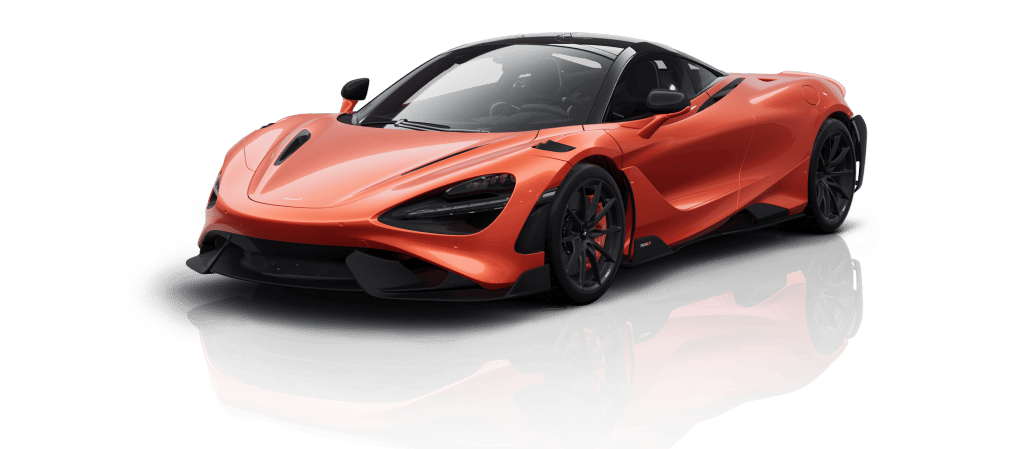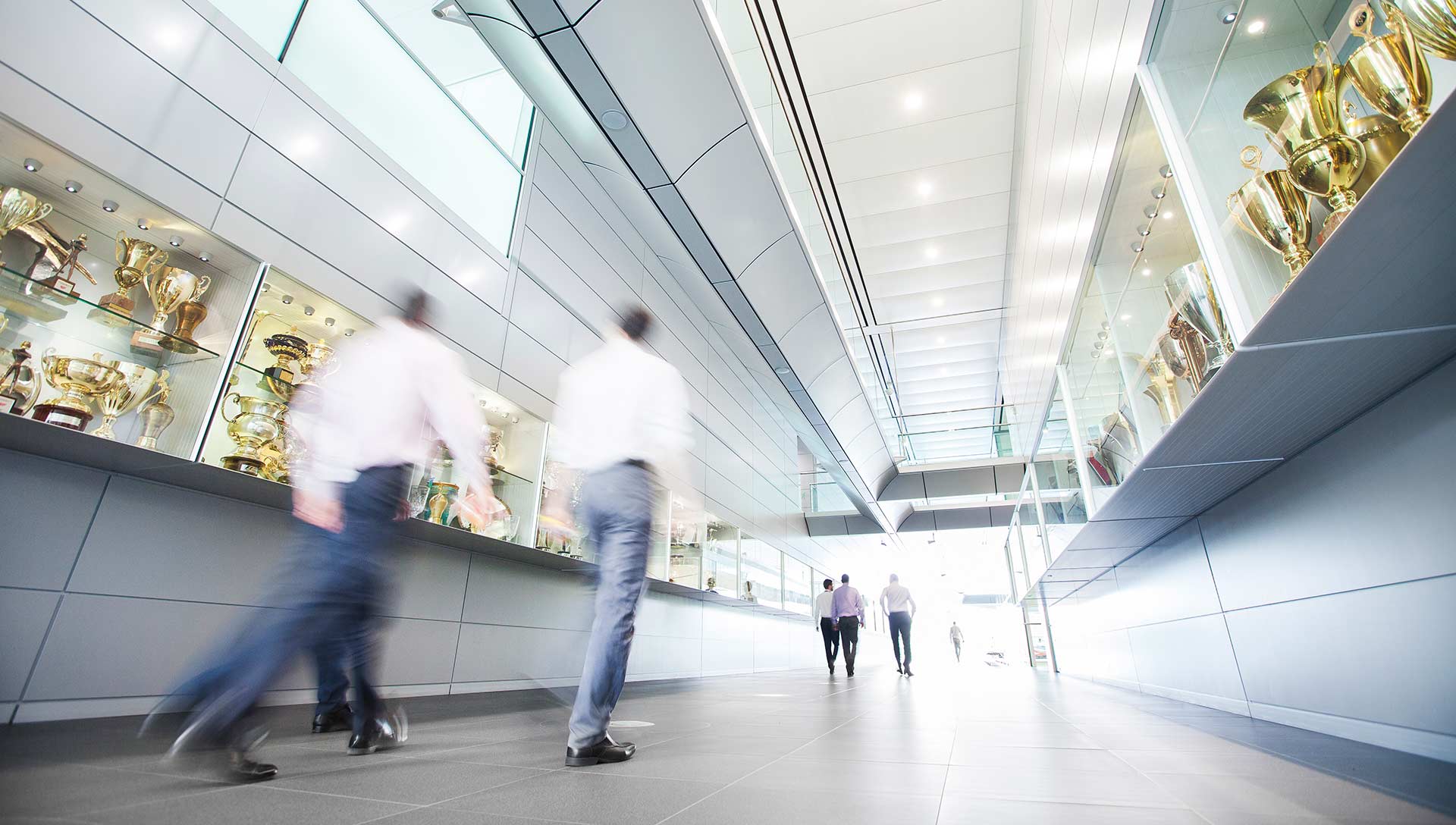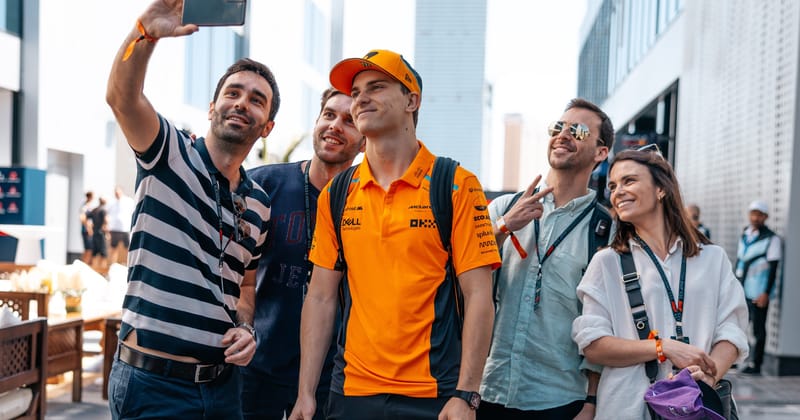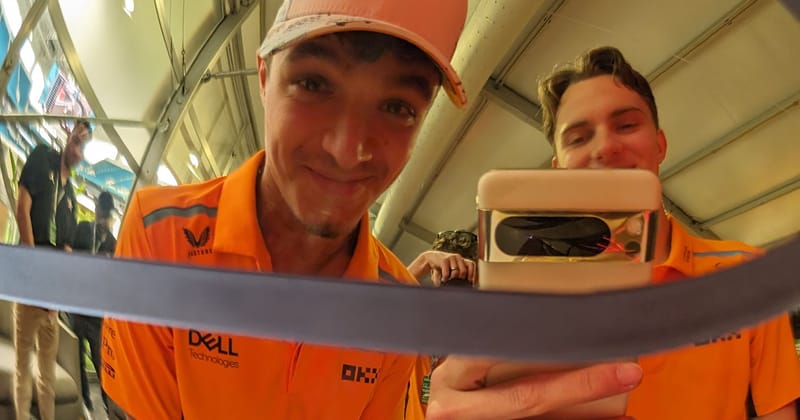
F1 questions you’ve been afraid to ask - part two
We’re back to simplify some more of F1’s most complicated and confusing subjects
Read time: 12.2 minutes
Put your hand up if you’ve ever been afraid to ask a question about Formula 1 for fear of not seeming knowledgeable enough? Chances are, you’re probably too afraid to put your hands up for this as well… but that should never be the case! Our aim is to make F1 as welcoming, friendly, and easy to understand as possible.
That’s also the aim of the #FifthDriver, our anonymous trackside pundit and analyst, who’s intent on delivering knowledge to the masses. Our wonderful sport doesn’t need to be complicated or confusing (those who have been following F1 for decades won’t know everything and even the #FifthDriver has to phone a friend sometimes).
Every race weekend, the #FifthDriver answers your burning questions. Here are some more of his favourites from 2024 Formula 1 season so far…

@misskz03: Why do you wash the used tyres before handing them back if they’re not going to be used again? It also looks like a tough job, do the same people ‘get’ to do it every weekend or do you rotate through the garage so more people can share in the joyous activity?
Don’t suggest things like that! No, it’s a job for the team’s two tyre technicians. There’s one for each car, and they spend the weekend looking after the 80 tyres allocated to each. That means liaising with Pirelli to get them fitted to the rims, ensuring they’re stored correctly, heated in the blankets according to the schedule, delivered to the garage at the right time and in the correct sequence, and tidied up after the sessions.
The first thing to say is that we clean everything! It’s like a twitch response, an F1 garage is a very clean place. If ever someone has a spare moment, they’ll pick up a cloth. You could eat dinner off the floor – were it not for the fact that would make the floor messy.
After the session, the tyres will be inspected by Director, Tyres and Brakes Performance - and tyre whisperer - Hiroshi Imai, together with Pete Mabon, the Pirelli Engineer assigned to our team. Once they’ve had a look and taken any measurements they wish to take, the tyres will be scraped with a heat gun and spatula to clean-up the surface. It’s overwhelmingly the case that after being used, slick tyres will be physically returned to Pirelli – though there are freak occasions where they might be retained and a different set returned. Inters and Wet tyres are generally retained for the next session.
It's really the wheels that are being washed, rather than the tyres, because the wheels will be reused at a subsequent race. Washing them is simply good practice. Not only because you want them to be shiny, but also because when they’re clean it’s easier to spot problems. They do get damaged from time to time, and the team needs to know – both in terms of replacing that rim for the next race, but also because it might be significant for the rest of the active weekend.

@Norrislandofans: How do the team see on the data when a driver has a puncture before it is shown on TV?
It’s not hugely different to a road car. There’s a tyre pressure sensor feeding readings back to the ECU, and that telemetry is transmitted to the garage. That’s very useful for a slow puncture when the pressure is dropping gently and the driver might not notice. This is why every minor contact you’ll hear the drivers anxiously asking their engineers to check for punctures.
For something like a blowout, it’s changing values across a whole range of sensors, because the suspension is affected, the ride height and so on. All of the engineers’ panels have warning lights going off everywhere.
The garage also has access to more cameras than those transmitted on the main TV feed. Most of the crew in the garage are watching the exact same feed as everyone at home, but engineers might be watching specific cameras that the TV feed will pick-up for replays only, so they might see a contact before anyone else.
@mcI4ndo: How far in advance do the team organise Free Practices run plans? And how much input do the drivers provide before they get into the car?
It varies according to the travel schedule, but usually the run plan for practice will be nailed down on Tuesday, with a view to Wednesday being a travel day. It’s not the work of a moment to pull it together. There’s input from lots of different design departments, requesting various experiments, strategy will weigh in heavily with a list of what they would like to find out, and yes, the drivers will absolutely be a part of that process too.
Having done their simulator runs, the drivers will have a good idea of different things they’d like to try, and it's the job of the Senior Engineers to knit it all into a programme. Some runs can be used to tick off three or four different boxes, others have one very specific goal, and you never get to do everything. There will be some low priority test items that will hang around at the bottom of the programme for months.
Of course, on a weekend like this, you need to have two plans: one for a nice, dry session and one for the other thing. There will still be a plan for a wet day – but it’s subject to a lot more chopping and changing, depending on what the conditions throw at you.

@baiegiadahori: I have seen that some of the pit crew sometimes change garage sides. How is it decided who's going to work on which car each weekend?
This is a good question – though the garage crew are a little shocked that people notice! The final decision on who does what rests with Charlie Hooper, Ops Director, and Kari Lammenranta, Chief Mechanic. Most of the time, people will do the same job on the same car across the season – but there are no hard and fast rules and post-covid, in the era of the 24-race calendar, things are becoming a little more fluid.
This is very much a planned pattern in modern F1, with more cross-training. Realistically, the demands of an intense calendar demand a degree of rotation, and this applies to the mechanics and technicians as much as it does the engineering groups. There will be people who do 24 races, but increasingly, the crew will take some off, which means enlarging the pool of talent to accommodate that. Thus, in Zandvoort, Oscar’s Chassis Mechanic moved across to spend the weekend as Lando’s No.1 Mechanic.
@Angel4_717: The ice bath seems to be everyone's recovery staple! How often and for how long do the drivers spend in the freezing temperatures along with their rubber ducks?
The ice bath does exactly what you assume it does. It cools body temperature in a very practical way. Research suggests it can lower core temperature before exercise and reduce the impact of heat and humidity, but also ease sore and aching muscles, and improve sleep if taken after exercise. So, the drivers will be taking the plunge quite a few times this weekend. Their physios limit them to 10 minutes.

@spadderdock: What happens in the team's debriefs on a race weekend?
There will be a debrief after every session, led by Hiroshi Imai, held in the Engineers’ office. At a European race, that’s in the Race Base, above the trucks. The meeting is conducted over headsets, as many of the people in it will be back in Mission Control, or working remotely.
First items of the agenda will always be timely matters – essentially anything that’s going to impact the next session and requires either a rapid decision or for information to be shared immediately. That might be a significant set-up change that the mechanics need to get into ASAP, a decision from Race Control that’s going to impact the remainder of the weekend, or a decision on strategy – for instance, if FP3 is going to be wet, but the rest of the weekend is likely to be dry, the team needed to make a decision on which (unused) tyres to hand back to Pirelli, and which to take forward into Qualifying and the race.
After dealing with anything that needs immediate attention, everyone runs through their session. Drivers, Race Engineers, and the strategy department will all deliver a verdict on what they’ve observed from other teams and where that puts our comparative position. The debrief will hear from various speciality departments regarding the status of gearbox, PU, brakes, aerodynamics, chassis dynamics.
Problems (because there are always problems) will be discussed, both from the point of view of diagnostics and remediation. That might be a problem on a car that needs to be fixed – but equally it could be an IT glitch in the garage, or a failure with pit-stop equipment. There will be both a decision on what to do for the following session but sometimes also perhaps a plan put in place for a longer-term fix.
Taking this interval as an example, the debrief begins 20 minutes after the session ends (allowing everyone to grab some food first) it will last approximately 40 minutes. After it, the meeting will break up, and then reassemble for the pre-session briefing… which will last about 30 minutes.
Related articles
Latest news
F1 questions you've been afraid to ask - part one

In conversation with Lando and Oscar

Ella Lloyd ready to grasp “amazing" opportunity with McLaren after rapid racing rise

McLaren Racing unveils state-of-the-art Optimum Nutrition McLaren Performance Hub
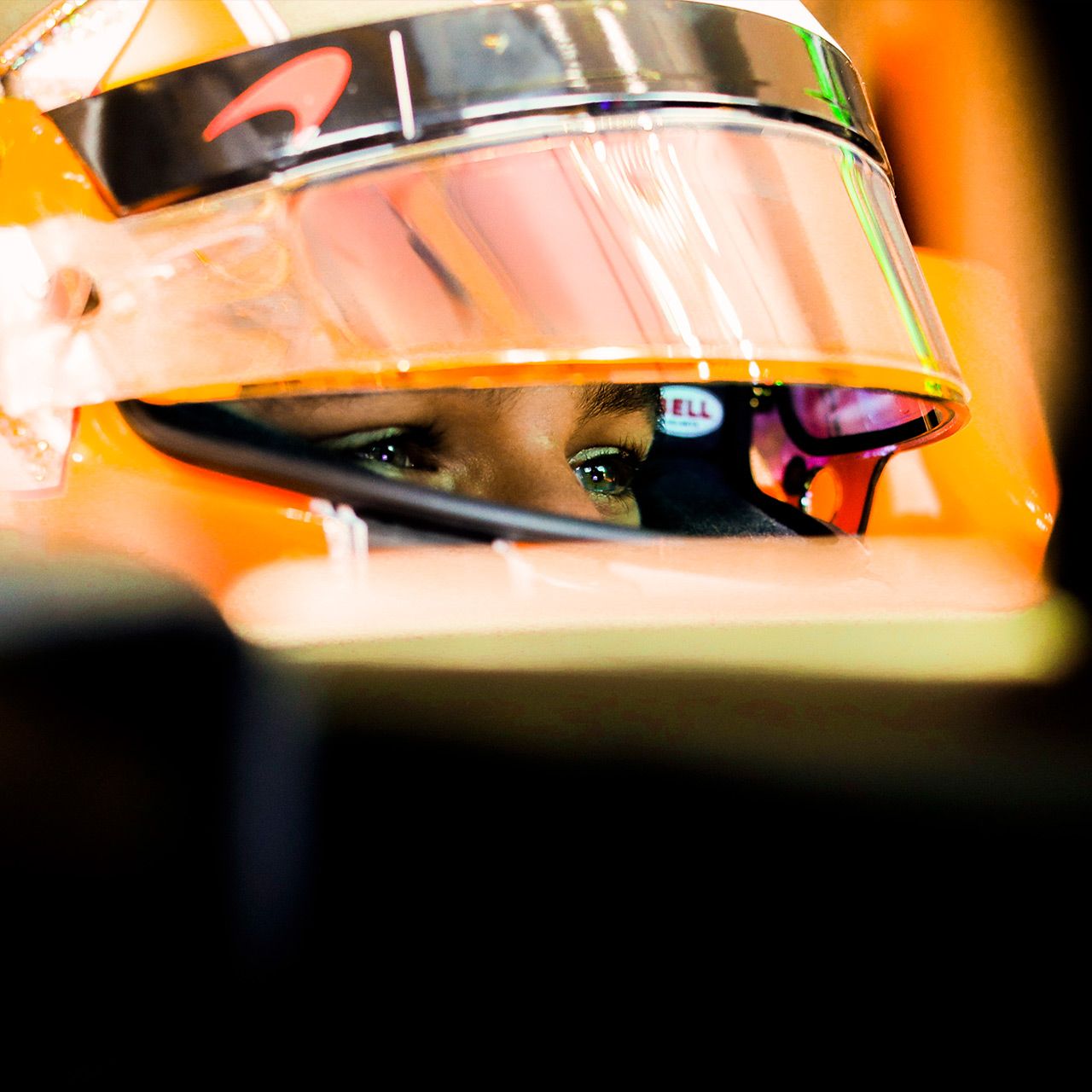
Revisiting Lando Norris’ first F1 test at Hungary in 2017

Oscar Piastri's road to victory


